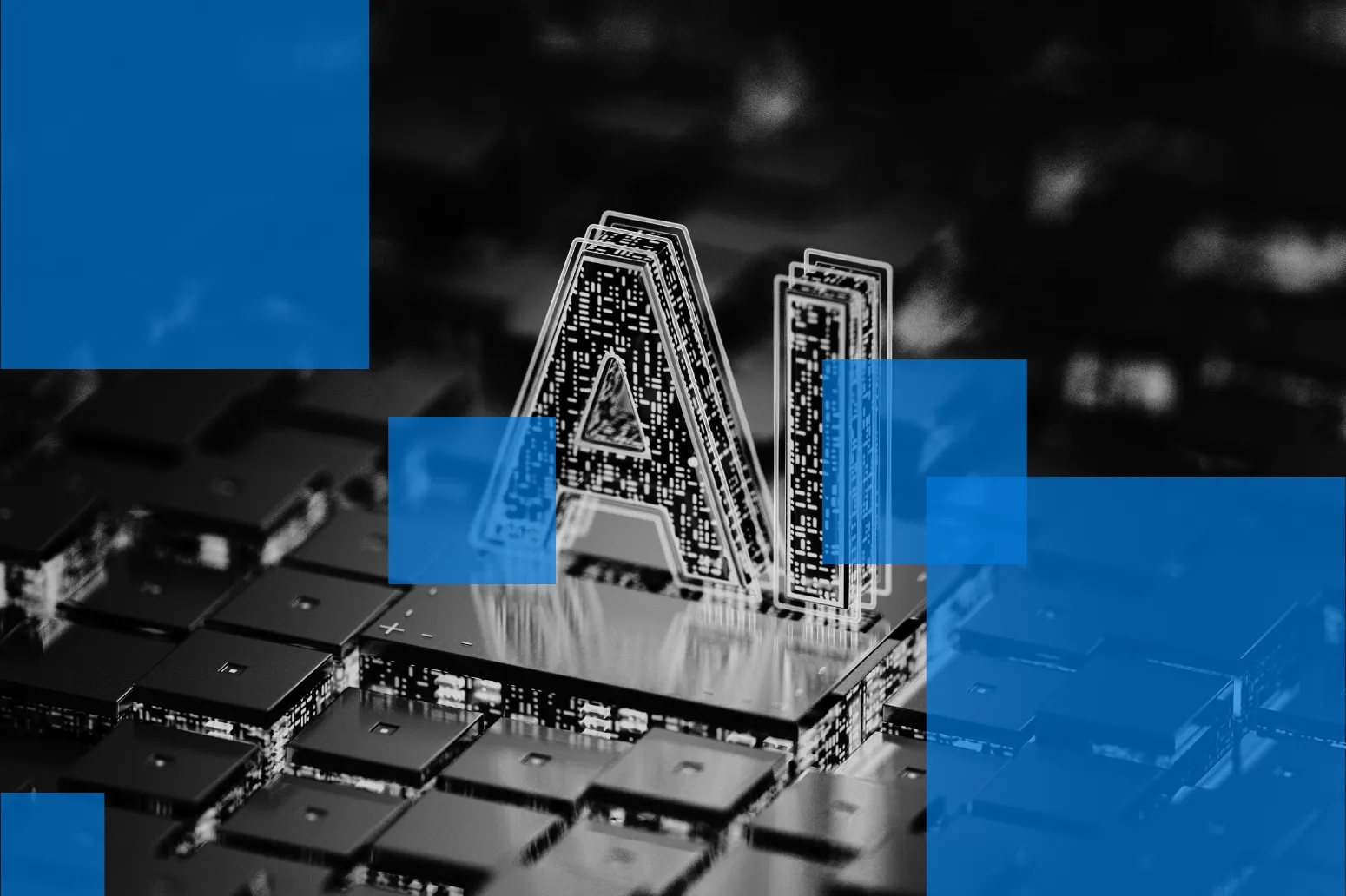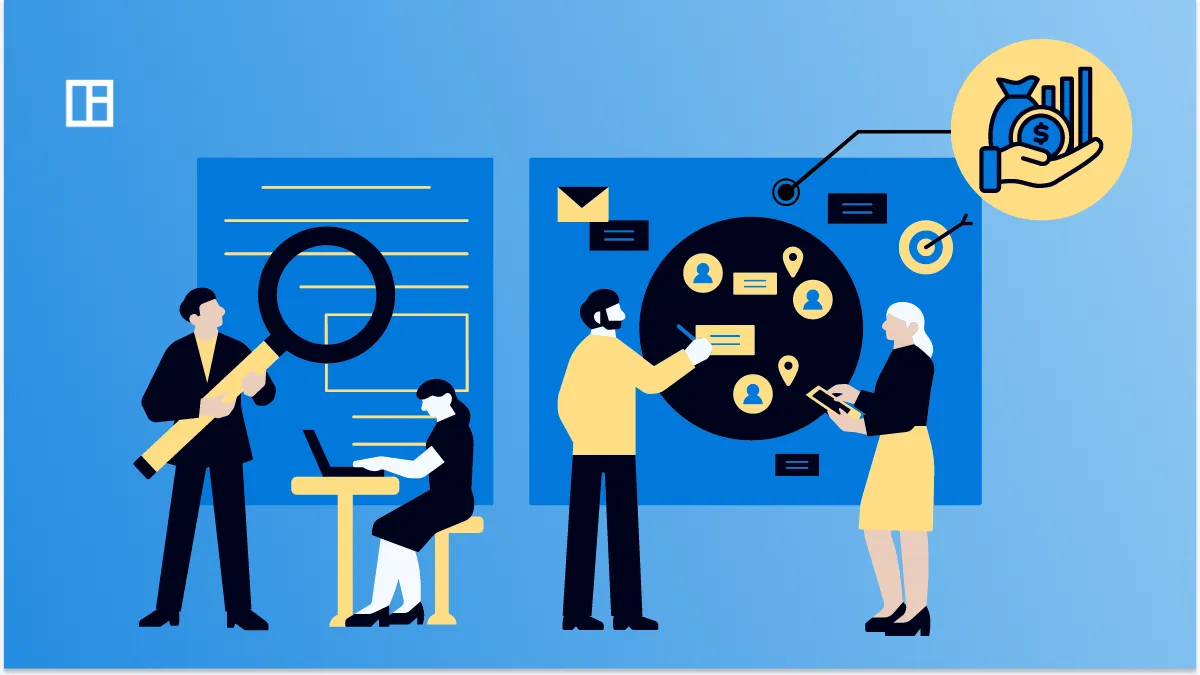M&A
What is DealRoom?

Pipeline
Manage all your deals & contacts in one place
Learn more

Learn more

Diligence
Speed up and simplify due diligence process
Learn more

Learn more

Virtual Data Room
Plan for integration alongside diligence
Learn more

Learn more

BI Reporting
Transform how you divest parts of your business
Learn more

Learn more
Join 2,000+ Forward-Thinking M&A Practitioners
Sign up to be on the M&A Science email list and receive notifications on the latest publications
Subscribe for free
%20(1).jpg)
.webp)



.webp)
.webp)
.webp)
.webp)
.webp)


.webp)





.webp)



.webp)






.webp)
.webp)



.png)
.webp)
.webp)



.png)
.webp)
.webp)
.webp)









.webp)


%20(1).webp)







%20-%20Definition%2C%20How%20it%20Works.webp)

.webp)
.webp)

.webp)


.webp)
%20(1)-p-800.jpeg)

.webp)




.webp)






.webp)













.png)
.png)
.png)
.svg)

.svg)
.png)
